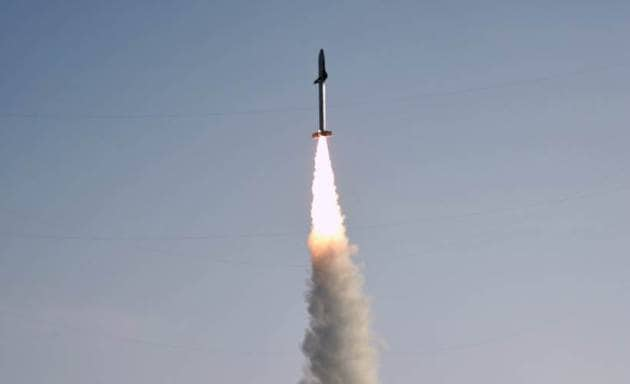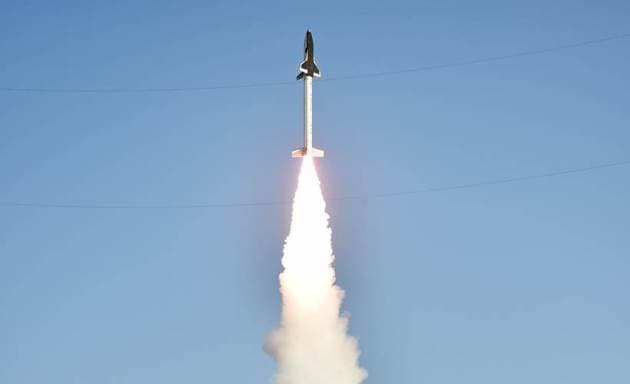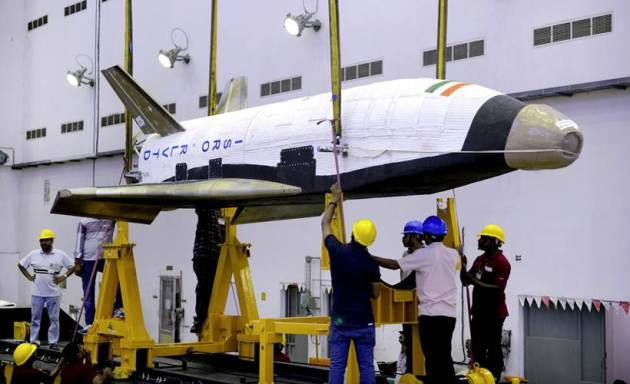ISRO RLV launch: Check out India’s first reusable space shuttle
ISRO's RLV -TD is the first step in an Indian effort to develop a 'Two Stage To Orbit' fully reusable vehicle. Check out the pictures.
Updated: May 24, 2016 13:24 IST 1 / 7
1 / 7The Indian Space Research Organization (ISRO) on Monday joined the race to develop a space vehicle that can fly numerous times into space like aeroplanes by successfully conducting the maiden test flight of a Reusable Launch Vehicle (RLV)-Technology Demonstrator at the Satish Dhawan Space Centre at Sriharikota in Andhra Pradesh. ISRO has added another feather to its cap and will remain as one of the remarkable achievements for India. Here is a quick look at all the essential facts related to the launch. (Source: ISRO) Read more here
 2 / 7
2 / 7In the mission, an HS9 solid rocket booster lifted the RLV-TD from its launch pad at 7 am to a height of 56 km where the RLV TD separated from the rocket and climbed to a height of 65 km before automatically steering itself back for a landing in the Bay of Bengal some 450 km away from the Sriharikota space station. (Source: ISRO) Read more here
 3 / 7
3 / 7The 6.5m-long Re-usable Launch Vehicle–Technology Demonstrator (RLV-TD) weighs about 1.75 tonnes and is the result of more than a decade of development costing around Rs 95 crore. (Source: ISRO) Read more here
 4 / 7
4 / 7The total flight duration from launch to landing of this mission of the RLV-TD was 770 seconds. The RLV was tracked during its flight from ground stations at Sriharikota and a ship terminal. (Source: ISRO)
 5 / 7
5 / 7The RLV -TD is the first step in an Indian effort to develop a Two Stage To Orbit (TSTO) fully reusable vehicle. The hypersonic flight experiment (HEX) will be followed by a landing experiment (LEX), a return flight experiment (REX) and a scramjet propulsion experiment (SPEX) in the coming days. (Source: ISRO) Read more here
 6 / 7
6 / 7The successful technology demonstration of a RLV is an attempt by ISRO to bring down the cost of satellite launches, which will make it an even more attractive player in the international market and bring down the cost of its own future missions. (Source: ISRO) Read more here
 7 / 7
7 / 7Dr K Sivan the director of the Vikram Sarabhai Space Centre at Thiruvananthapuram where the RLV is being developed has called the flight test on Monday “a baby step” in realising a completely reusable space launch vehicle. (Source: ISRO) Read more here











